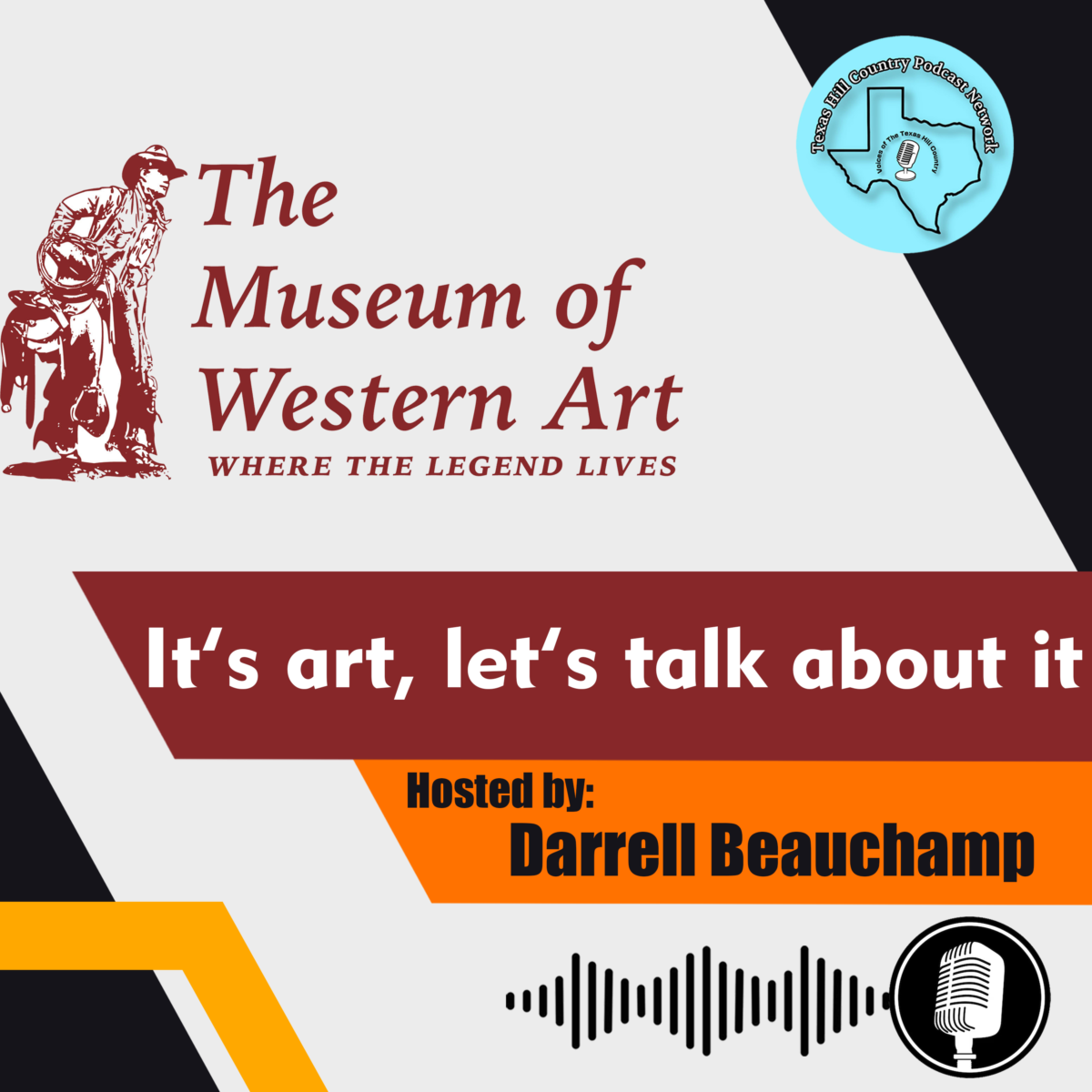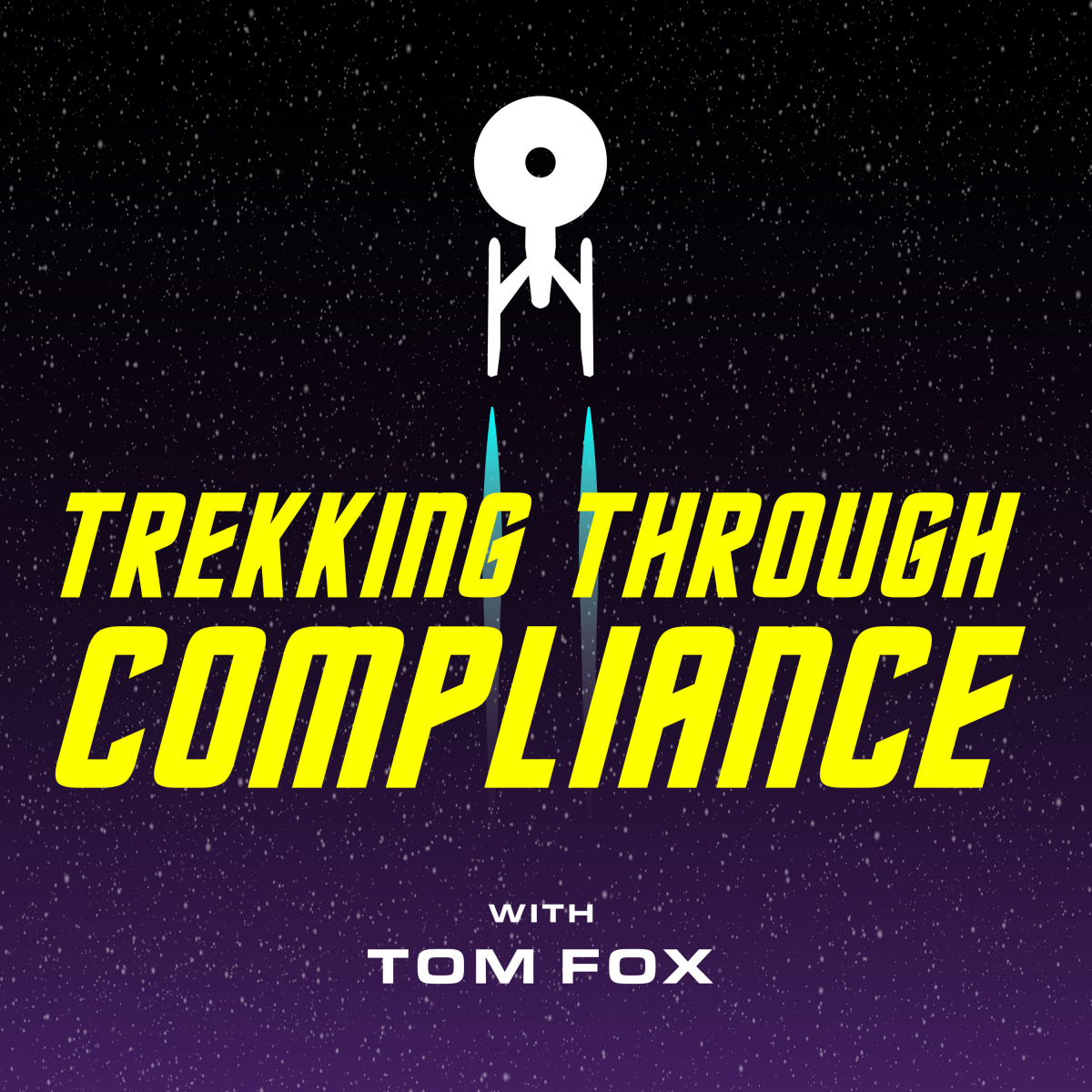Welcome to a special five-part podcast series on mastering ChatGPT. My special guest throughout this journey is Larry Roberts, an accomplished professional with over 25 years of multifaceted experience. Having initiated his career in the corporate training sphere, he exhibited a remarkable shift to IT, contributing greatly as a Business Intelligence Analyst. His proficiency in harnessing predictive analytics for inventory and sales projections led him to tap into the realm of AI. In 2021, Larry chose to cozy up with podcasting and content creation. His tryst with ChatGPT began in November of the same year, and he has been fully engrossed with it since then. His insights into data models, large language models, and his overall passion for AI are certain to illuminate any forum. Episode 4 considers the differences between AI and human creativity in writing.
Educators, teachers, and communicators must be included as we confront the digital age. The rise of AI in education, epitomized by tools like ChatGPT, opens new frontiers in delivering accessible, affordable, and advanced learning experiences. However, this has complexities. There are pertinent steps to be taken – setting clear expectations, aligning AI with institutional policies, maximizing the collaborative capabilities of AI, and ensuring human oversight in AI implementation. By so doing, we can create an enriching learning environment that contributes positively to personal and professional development. This episode explores these issues and how they will impact compliance training and communications.
In this episode, you will be able to:
- Unlock key strategies to optimize your use of ChatGPT.
- Acknowledge the importance of crafting a suitable persona and forming the right stage for elevated outcomes.
- Unravel the issues corporate compliance functions may encounter while using ChatGPT, shedding ample light on effective solutions.
- Learn how one can effectively utilize ChatGPT in making speeches and presentations.
- Prognosticate the prospective impacts of ChatGPT and AI on the future compliance training landscape.
Key Highlights:
- Setting Expectations
- Limitations for Corporations
- Leveraging Chat GPT for training
- The Human Element and AI
Resources:
Larry Roberts
Larry Roberts on LinkedIn
Tom Fox








